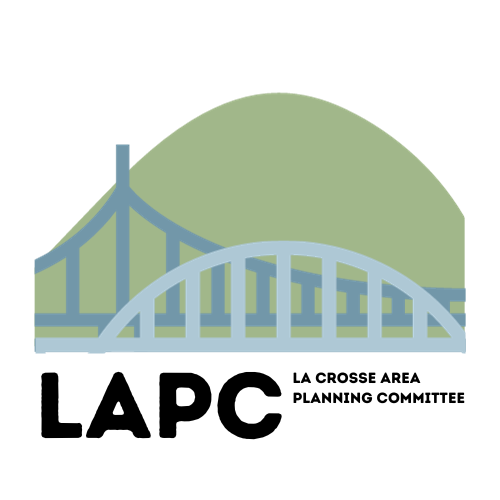-
HOW DO I
Apply For
Find
Pay
Water Testing

-
RESIDENTS
Health & Wellness
Senior & Assisted Living
Environment
Families & Individual Support
Financial Assistance
Library
Safety & Justice
Broadband

-
BUSINESS
Community Development
GIS Mapping
Ordinances
Requests For Proposals
Start A Business
Zoning, Planning & Land Information
Broadband

-
VISITORS
Campgrounds & Shelters
Downtown Guide
Hunting & Fishing
Parks/Facilities
Explore La Crosse

-
YOUR GOVERNMENT
County Board
Ordinances
Resolutions
Elections
Elected Officials
State
Facilities
Municipalities: Cities, Villages and Towns
- CITY OF LA CROSSE
- CITY OF ONALASKA
- TOWN OF BANGOR
- TOWN OF BARRE
- TOWN OF BURNS
- TOWN OF CAMPBELL
- TOWN OF FARMINGTON
- TOWN OF GREENFIELD
- TOWN OF HAMILTON
- TOWN OF HOLLAND
- TOWN OF MEDARY
- TOWN OF ONALASKA
- TOWN OF SHELBY
- TOWN OF WASHINGTON
- VILLAGE OF BANGOR
- VILLAGE OF HOLMEN
- VILLAGE OF ROCKLAND
- VILLAGE OF WEST SALEM
School Districts


Metropolitan Planning Area

Metropolitan Planning Area (MPA) Boundary
The MPA must at a minimum include the Census-designated urbanized area, which is the densely developed area with 50,000 or more people, and the contiguous area expected to urbanize over the next 20 years. Because the urbanized area crosses over the Mississippi River into La Crescent, MN, the LAPC operates as a bistate metropolitan planning organization (MPO), meaning we receive funding and oversight from both the Wisconsin and Minnesota Departments of Transportation.
While some MPOs establish the urbanized area boundary as the planning area boundary, the LAPC has expanded its MPA to include the whole of municipalities (excepting the town of Bergen in Vernon County) touched by the urbanized area. Using municipal boundaries to establish the planning area boundary makes analyzing and summarizing data for the planning area easier and results in more valid conclusions.
The planning area encompasses an "adjusted" urbanized area and the whole of the cities of La Crosse and Onalaska in La Crosse County, WI and La Crescent in Houston County, MN; the villages of Holmen and West Salem in La Crosse County, WI; the towns of Barre, Campbell, Greenfield, Hamilton, Holland, Medary, Onalaska, and Shelby in La Crosse County, WI; and the townships of La Crescent in Houston County, MN and Dresbach in Winona County, MN.
A very tiny portion of the town of Bergen in Vernon County, WI was added to the planning area in 2013 as a result of the 2010 Census and subsequent expansion of the urbanized area along CTH K. The LAPC opted not to include the whole of Bergen because the town is very large, mainly rural, and not expected to urbanize.
Adjusted Urbanized Area Boundary
After the decennial census, LAPC staff in coordination with its DOTs evaluate the location of roads in relation to the Census-designated urbanized area boundary to define a roadway segment as either urban or rural. The boundary for the Census-designated urbanized area (UA) tends to follow roadway centerlines rather than rights-of-way, resulting in a road segment falling half in and half out of the UA. To assign urban or rural funding for Surface Transportation Program (STP) projects, the urbanized area boundary is adjusted so that road segments are wholly "urban" or "rural" and not split down the centerline.
© 2025 La Crosse County. All Rights Reserved.
